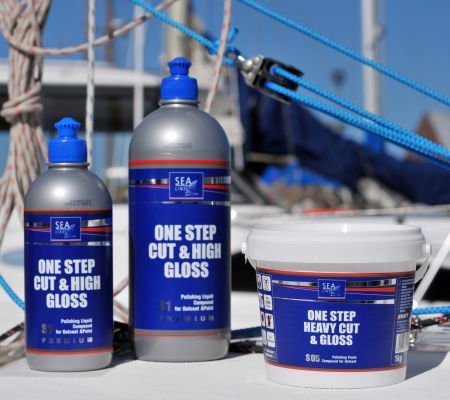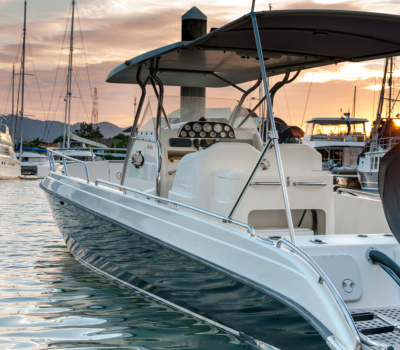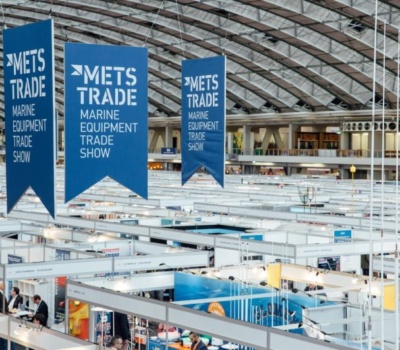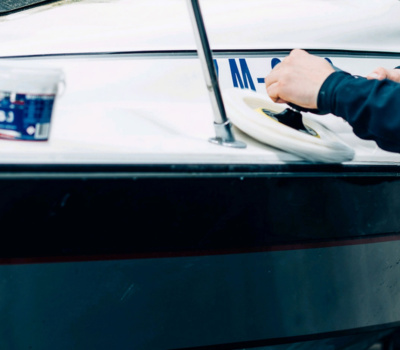Due to the different preferences of the users of polishing pastes, we have a proposal of new, convenient packaging for the S07 HEAVY CUT and S08 INDUSTRIAL FORCE CUT polishing paste.
Until now, these two pastes have been sold in buckets. Now they will also be available in bottles with a pull / push cork. The contents of the packages are identical amount 1 kg for buckets and bottles . Both products have been designed for shipyards and laminate processing plants.
The S1 PREMIUM polishing compound will be available in a 100g bottle. This amount is ideal for those who would like to test Sea-Line paste or have a small touch-up to polish. It is a product intended primarily for those who do not have experience, but would like to polish their boat safely and independently.


We are expanding our offer by introducing two new products that will provide boat enthusiasts

Come and join us at METSTRADE 2023, METSTRADE the best event for marine industry professionals,

Visit us and our production plant without traveling

New in the 2023 season is a new polishing wool The new black and white
Do not add more hardener, because after the base has cured, the remaining hardener will react with subsequent layers, which will be applied to the surface and cause defects. For the product to work properly, please follow the proportions given by the manufacturer.